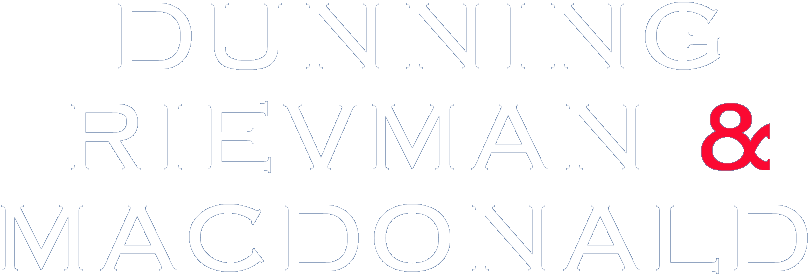The FAA announced that it had settled a $1.9 million civil penalty case it had brought against SkyPan International, Inc. for unauthorized drone (or unmanned aircraft system (“UAS”)) flights over New York and Chicago during 2012-2014.
Under the terms of the settlement, SkyPan, an aerial photography company, agreed to pay a $200,000 civil penalty while not admitting or contesting the FAA’s allegations. SkyPan further agreed to pay up to an additional $300,000 in fines should it violate federal aviation regulations in the next year or fail to comply with the settlement agreement. Skypan also agreed to work with the FAA to release three public service announcements in the next 12 months to support the FAA’s public outreach campaigns that encourage drone operators to learn and comply with UAS regulations.
According to the FAA, the $1.9 million civil penalty action brought in 2015 was the largest civil penalty the agency had proposed against a drone operator. Nearly all the flights at issue were conducted over numerous sites in midtown and downtown Manhattan, including the Upper East Side, Central Park South, Bryant Park Tower, the High Line and World Trade Center Tower 3, many of which were operated in New York Class B airspace without ATC clearance.
The flights were conducted before the enactment in August 2016 of 14 CFR Part 107, the FAA’s first comprehensive rules for commercial drone operations. Those rules, which are quite familiar to persons actively involved in the field, set forth detailed requirements for commercial operator licenses, weight, operating and airspace restrictions, as well as other limitations. Those rules and their practical operation will be the subject of future posts in this space.
The FAA’s settlement with SkyPan comes on the heels of a recent report of the Office of the Inspector General of the Department of Transportation which criticized the FAA’s failure to establish a risk-based approach to UAS oversight to identify and mitigate UAS safety risks.

